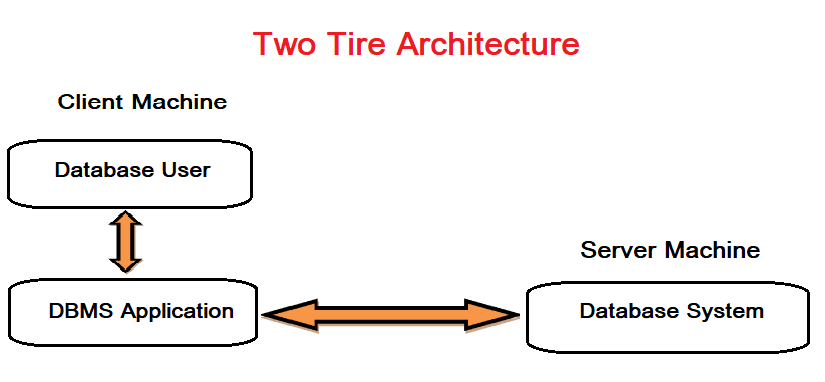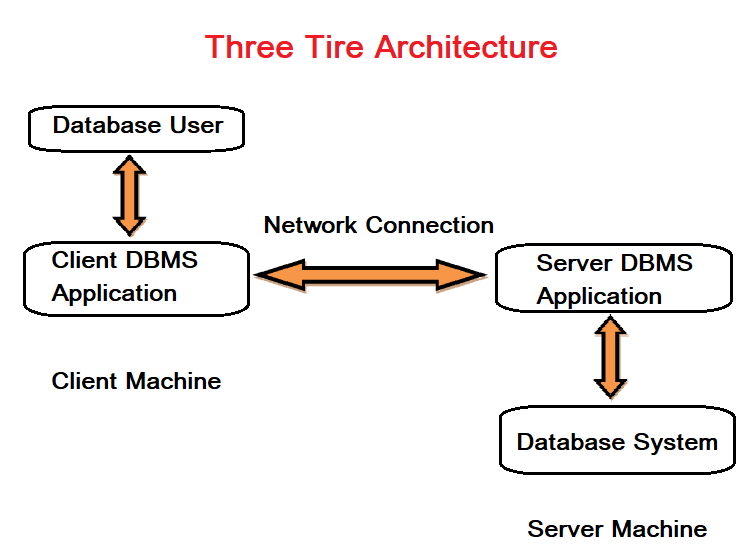In this article DBMS Architecture we give the information about DBMS architecture depends on how users connect to the database to fulfill their requests.
DBMS Architecture:
Basically, Database Management System Architecture will help us understand the components of a database system and the relationship between them. The architecture of a DBMS depends on the computer system on which it runs.
The basic client/server architecture is used to deal with large numbers of PCs (personal computers), Web servers, database servers, and other components connected to a network.
DBMS architecture depends on how users connect to the database to fulfill their requests.
For example, in client-server DBMS architecture, the database system on the server machine can handle multiple requests made by the client machine.
It consists of Schemas, Sub-schemas and Instances.
Schema: is the overall logical design of the database.
Sub-schema: It is a subset of the schema and inherits the same properties as a schema. The plan or schema for a scene is often called a sub-schema.
Instances: A collection of information stored in a database at a particular moment.
DBMS architecture can be classified into three types according to the use and requirements of the users:
- Single-tier Architecture
- Two-tier Architecture
- Three-tier architecture
Single tier architecture
Single-tier architecture is an architecture in which the entire application resides on the user’s machine.
Two tier architecture
Two-tier architecture is a software architecture in which a presentation layer or interface runs on the client, and a data layer or data structure is stored on the server.
Three tier architecture
A multi-tier architecture consists of three layers: client layer, business layer, and data layer. Its major advantage is improved scalability, as the application server can be deployed on multiple machines.
- Single-tier Architecture in DBMS

In this type of architecture, the database is readily available on the client machine; any request made by the client does not require a network connection to be processed on the database.
- Two-tier Architecture in DBMS

In two-tier architecture, the database system exists on the server machine and the DBMS application exists on the client machine, both these machines are connected to each other through a trusted network. As shown in the diagram below:
Whenever the client machine requests to access the database present on the server using a query language like SQL, the server performs the request on the database and returns the result to the client. Application connection interfaces like JDBC, ODBC are used for interaction between server and client.
- Three-tier Architecture in DBMS

In multi-tier architecture, there is another layer between the client machine and the server machine. In this architecture, the client application does not communicate directly with the database system present on the server machine, rather the client application communicates with the server application and the server application internally communicates with the database system present on the server. Shown in the diagram below:
Some More:
POP- Introduction to Programming Using ‘C’
OOP – Object Oriented Programming
DBMS – Database Management System
RDBMS – Relational Database Management System
Join Now: Data Warehousing and Data Mining